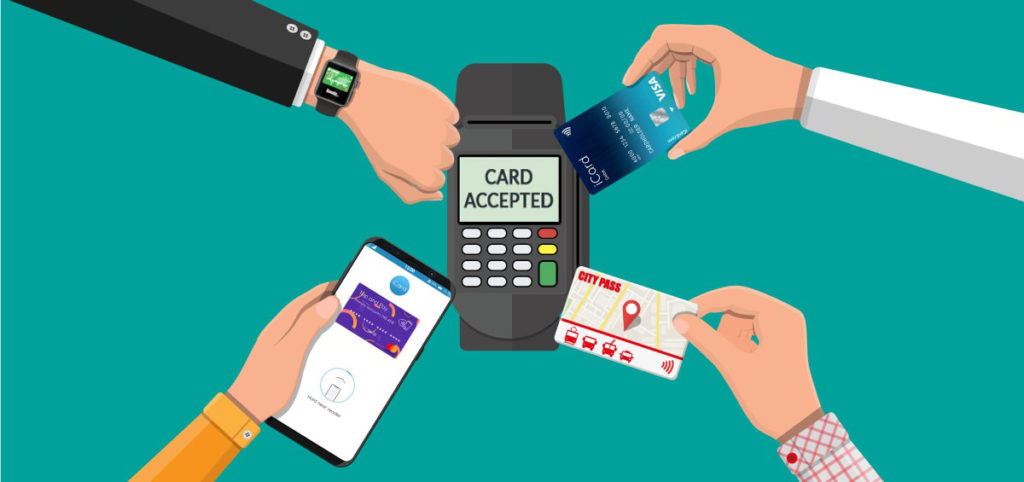Expiring points and what they tell us about customer loyalty in 2017

Of all the statistics to emerge from the 2017 Bond Brand Loyalty Report, the most shocking was probably that there are an estimated $100bn in loyalty points that are left unredeemed by members in North America. Globally the figure is much higher still.
At first this seems incredible. It’s hard to understand how members could allow so many points to accumulate without getting used. Of course, not all of these will go to waste. Some are simply getting accumulated by active loyalty program members and will soon be redeemed, but probably half of this balance is held by less frequent customers; and, they are unlikely to be able to put the points to much use – which will eventually lead to frustration when the points expire.
The same report also points to frustrations from consumers toward loyalty programs, so perhaps it shouldn’t surprise us that many customers don’t value the loyalty points they receive.
What’s clear is that something has to change. These expiring points should act as an eye-opener to the industry at-large. There needs to be greater liquidity in loyalty programs in order for people to consider it worthwhile collecting the currency in the first place. Let’s convert the portion of these points that represents bad liability into good liability, get the customer engaged, and then profitably get the liability off the books!
We do recognize that historically, loyalty programs liked to have a modest to high percentage of points expire. This was basically profit that went straight to the bottom line. However, today, we think enlightened executives realize that expiring points represent frustrated and depresses overall loyalty program ROI. Low to modest point balances can be a strong signal that customers are shopping around, or that the brand has not figured out which emotional triggers to use to increase engagement – so we believe un-used points should be put to use to re-engage with customers in a number of ways that will drive business at a lower cost than acquiring new customers.
Why are there so many expiring points?
Part of the problem could be due to education – that brands aren’t making the rules around redeemable points clear enough to their members. Some people might not know how many points they have or what the redemption options are. They may not even understand how to optimize their behavior to collect the maximum number of points in the first place.
But this isn’t the main issue.
The primary reason people tend to give up on loyalty programs is because they are too complicated. Often rewards are not interesting, or members just cannot spend enough with an individual merchant to accumulate the loyalty point value necessary to redeem for something of interest. The solution is to simplify the program and/or participate in a larger shared loyalty currency network of partners so customers can earn faster and amass sufficient value to put it to use.
Merchants and Travel Suppliers need to recognize that a good customer can also be someone who does not make up their 20% of most-frequent customers. Many people just don’t need a particular category of product or service all the time, but when they do shop for it, they can be motivated to concentrate their purchases with partners in a broader network of loyalty partners.
Alternatively, some people just don’t live near enough to a brick and mortar retailer to shop there often. But, by enabling a loyalty points exchange or participating in a coalition loyalty program issuing a common loyalty currency, they can be incentivized to shop within the network when they are in the neighborhood.
Looking beyond the top 20% to less-frequent customers
For most merchants, their top 20% most-frequent customers might make up 40%-50% of total sales. This 20% can probably benefit from a proprietary loyalty currency issued by a single retailer. However, among the other 80% are probably many customers like your best customers – who simply have not connected with the various value propositions of the brand, and therefore, don´t spend enough to earn the points required to redeem for interesting rewards.
This is a problem for the merchant as well as the customer, as this 80% perhaps represents the greatest opportunity for business growth. Some of these less-frequent customers could become re-engaged in the program if they knew they had the ability to exchange loyalty currencies or could collect a more popular loyalty currency in the first place. This, in turn, would earn the merchant a greater share of wallet and probably generate the data necessary to figure out how to build a more loyal relationship.
Besides, there is no benefit for a loyalty program operator to have 60% or 70% of the members in their loyalty program with low levels of points. They have to retain that liability on their balance sheet for several years and will eventually have frustrated customers. By enabling loyalty currency exchange, they can get much of that liability off the books at a profitable rate, while demonstrating they have the customer’s interests at heart.
There are hundreds of millions of people in Europe and North America who understand loyalty programs perfectly. And they can be motivated by them. However, the lack of liquidity is making consumers apathetic about joining more programs or remaining active in those where they spend less than 3% or 4% of their discretionary expenses.
Why expiring points should matter to merchants
Historically this disengagement might have bothered the CMO of a company more than the CFO. Both the CMO and CFO are interested in the ROI of a loyalty program but they might look at it from different angles. Expiring points would therefore be more of an issue for the CMO who is probably more likely to relate lost loyalty points with lost customers. The CFO might think expiring points generates a short-term profit.
However, all roles in a company should now recognize that inactive customers will depress ROI in the long-run because less engaged customers don´t have the brand top-of-mind and are spending their money elsewhere. Getting customers engaged may reduce expiring points, but the incremental sales to this base of customers will lift ROI for the whole program, and there are many ways to encourage customers to spend their points on high-margin redemptions.
Breakage (expiring points) is bad for everyone – the CMO and the CFO. Managing loyalty program liability would be beneficial for the company as a whole. After all, a customer who feels they’re valued by a brand will be much more likely to reward that brand in many direct and indirect ways.
Merchants should recognize expiring points above the 5% level is a sign of a plan that is not optimized. But they should also see it as a fantastic opportunity to get existing customers back onside and to obtain the customer data they’re currently missing out on.
Increasing point value through liquidity
It’s clear that around three-quarters of the typical customer base don’t currently value loyalty points highly enough. People don’t tend to put $100 in a coat pocket in the wardrobe and then just forget about it. But that’s what’s happening with points. There’s a disconnect between the value perception of loyalty points from the merchant and from the customer.
Until customers start valuing points like they value money, it’s likely that we’ll see the same level of expiring points in the future. Loyalty programs are currently just too complicated and it’s too difficult for customers to collect loyalty currencies in a meaningful way and to redeem for things of value. But brands should think positively about the prospect of enticing the long-tail of their customer base.
If it were possible for customers to exchange loyalty currencies from one store to the next, you’d find that there’d be a huge decrease in the amount of points going unredeemed. Customer satisfaction would go up markedly, and brands could attract redemptions where the customer uses value collected from many places they shop. Brands could also have greater control over how to get liability off their books at a profitable cost, while generating greater satisfaction among the entire population of customers.
Reducing loyalty program breakage
Every loyalty program will always have some level of breakage (expiring points), but the target should be less than 5%.
In a more liquid environment, customers would be members of your loyalty program but have the freedom to earn and spend points in a much more global environment. In such a program, some points issued by one partner would be redeemed with other partners. But this would work both ways – often for products or services with high margins. Therefore, the customer obtains something perceived as valuable, while the cost of the redemption can be quite low.
At Currency Alliance we believe that achieving real loyalty begins with providing customers with as much (perceived) value as possible. A great place to change this perception is with loyalty points, which are often not valued beyond the top-spending 20% of customers.
Merchants should view the other 80% as existing customers whose data is important to grow the business with a relatively low cost. It is possible to re-engage this group – it’s just that their perception of value is quite different to the top 20%. Their purchases might be less frequent, but that doesn’t necessarily mean they are less loyal or spending less overall.
Expiring points is generally bad for the customer and bad for the merchant. Reversing the current number of expiring loyalty points would not only help in re-engaging customers – it would help with growing the business and managing loyalty program liability too.
Talk to us about how a more liquid loyalty ecosystem can encourage the re-engagement of customers in your program.




